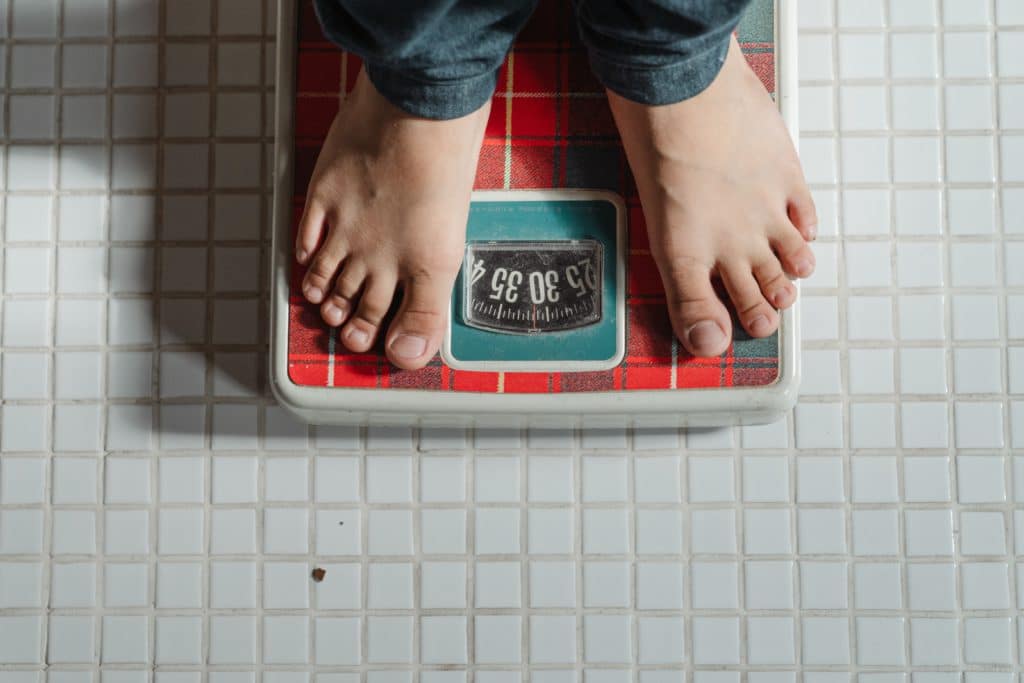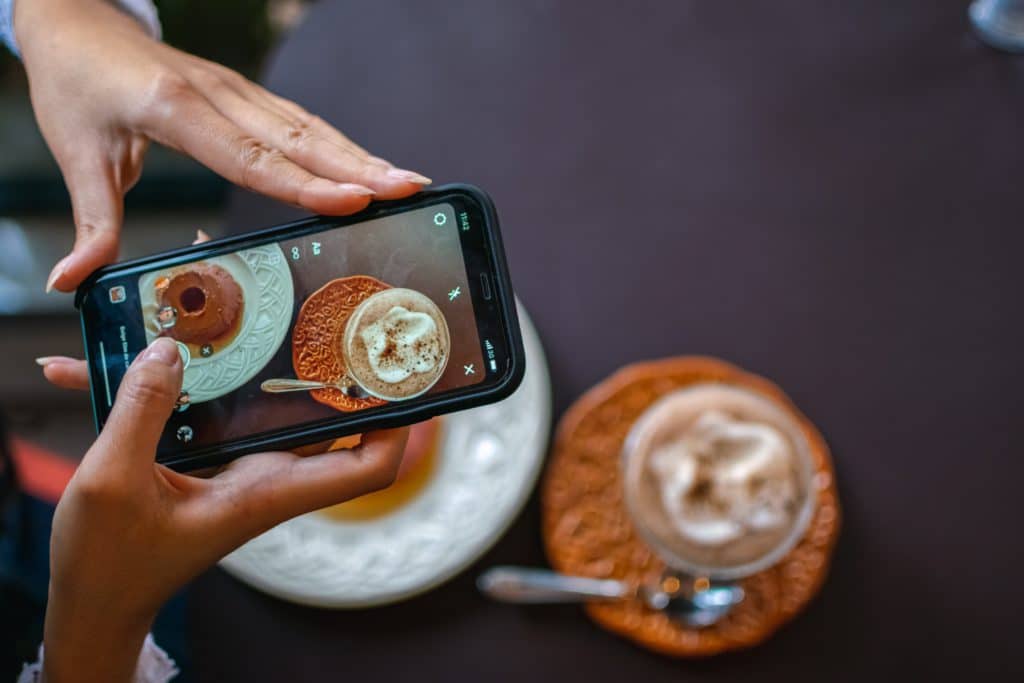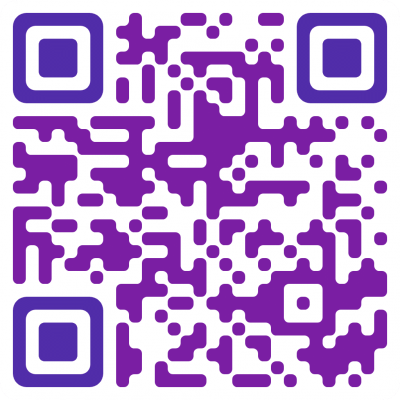
INTRO
What is a Food Journal?

A food journal is a record of the foods that you eat and drink over a period of time. It can be used to track intake, monitor progress, and identify patterns and habits related to food and eating in general.
Some people use food journals to help with weight loss, while others use them for other health-related reasons, such as managing a medical condition or monitoring nutrient intake and food triggers
Start a food journal challenge today and invite friends, family and coworkers who are also curious about how their food might be influencing their health. Keep eachother encouraged and motivated along the way!
Benefits of a Food Journal
Keeping a food journal can have several potential health benefits. Some of the benefits include:
Weight loss
Tracking your food intake can help you become more aware of your eating habits, which may help you make healthier choices and lose weight.
Increased accountability
A food journal can help you ensure that you’re getting a balanced diet and meeting your nutritional needs.
Improved nutrition
A food journal can help you ensure that you’re getting a balanced diet and meeting your nutritional needs.
Identification of food triggers
If you have a food allergy or sensitivity, a food journal can help you identify the foods that trigger your symptoms.

Management of chronic conditions
A food journal can be helpful for people with chronic conditions, such as diabetes or high blood pressure, as it can help them manage their condition by tracking their food intake and other related factors.
What to Journal

You can keep track of your eating habits using a notebook or electronic device like a computer or phone through an app.
They usually include information such as the date, time, and details of each meal or snack, as well as the portion sizes and any notes or observations about the eating experience.
Date and time. It’s important to record the date and time of each meal or snack, as this can help you understand your eating patterns and identify any potential triggers for unhealthy eating.
Food and portion sizes. It’s important to accurately record what you eat, including the type and amount of each food.
Nutritional information. If you’re tracking your food intake for the purpose of improving your nutrition, it can be helpful to include information such as the number of calories, grams of fat, protein, and carbohydrates in each food.
Notes on hunger and fullness. It can be helpful to include notes on how hungry or full you feel before and after each meal or snack. This can help you understand your body’s hunger and fullness cues.
Notes on your mood. It can be helpful to include notes on your mood when you’re keeping a food journal, as your emotional state can often influence your food choices.
Notes on physical activity. If you’re trying to lose weight or improve your fitness, you may want to include information on your physical activity in your food journal. This can help you understand the relationship between your food intake and your level of activity.
It’s important to be as accurate and detailed as possible when keeping a food journal, as this will help you get the most benefit from it.

Types of Journals
There are several different ways to keep a food journal, and the method you choose will depend on your personal preferences and needs. It’s important to choose a method that is convenient, accurate, and allows you to track all the relevant information. Some options for food journaling include:
Paper journal
A traditional paper journal can be a simple and effective way to track your food intake. You can write down what you eat and drink, as well as any relevant notes, in a physical notebook.
Spreadsheets
If you prefer to track your food intake using a computer, you can create a spreadsheet to record your meals and snacks. You can use a program like Microsoft Excel or Google Sheets to create a spreadsheet that includes columns for the date, time, food, portion size, and any other relevant information.
Verbal record
If you have difficulty writing or prefer a more low-tech approach, you can simply make a verbal record of your food intake. You can do this by talking into a recording device, such as a smartphone app, or by simply telling someone else what you ate.
Online journal
There are many websites and apps that allow you to track your food intake digitally. Some of these tools even allow you to scan barcodes on food packaging to automatically track your intake.
Photo record
Some people find it helpful to take a photo of each meal or snack and include it in their food journal. This can be a quick and easy way to track your intake, and the photos can also serve as a visual reminder of what you’ve eaten.

Starting a Food Journal Challenge
Building a habit of food journaling can be a useful way to become more aware of your eating habits and make healthier choices. Here are some tips for building a habit of food journalling.
1
Choose a method that works for you
There are many different ways to keep a food journal, so it’s important to choose a method that is convenient and easy for you to use. This might be a paper journal, an online tool, or a spreadsheet, for example.
2
Set a regular time to journal
It can be helpful to set aside a specific time each day to record your food intake. This could be first thing in the morning, before or after each meal, or at a specific time in the evening.
3
Make it a part of your routine
If you can, try to incorporate food journaling into your existing routine. For example, you might journal while you’re waiting for your coffee to brew in the morning, or while you’re watching TV in the evening.
4
Don't be too hard on yourself
If you forget to journal or don’t have time to do it one day, don’t worry about it. The most important thing is to be consistent and try your best to journal as often as possible.
5
Seek support
If you’re having trouble building the habit of food journaling, consider enlisting the support of a friend or family member. You could even make it a team effort and encourage each other to journal regularly by starting a Friendly Challenge together.
Obstacles to Food Journaling

Like any new habit, it can take some time and effort to get started with your food journal challenge. Here are some strategies you can try to overcome some of the more common setbacks to food journaling:
Lack of time. One way to overcome this is to set aside a specific time each day to journal your food. You can try journaling your food immediately after each meal or snack, or set aside a few minutes before bed to reflect on your food intake for the day.
Difficulty remembering everything you ate. To overcome this, try to journal your food as soon as you finish eating. You can also try carrying a small notebook with you throughout the day to jot down what you eat as you go.
Boredom. To make food journaling more enjoyable, try to make it a more interactive experience. For example, you could try using a food journaling app that allows you to take photos of your meals and track your intake visually. You could also try adding notes about how you felt after each meal or snack, or what you enjoyed most about the food you ate.
Lack of motivation. It can be helpful to set specific goals for yourself when it comes to food journaling. For example, you might aim to track your food intake with the MasterHealth app for a certain number of days in a row, or to make a certain number of healthier food choices each week. Having a goal to work towards can help you stay motivated.
Difficulty with portion sizes. It can be challenging to accurately estimate portion sizes, especially if you’re not used to doing it. One way to overcome this is to use measuring cups or a food scale to help you get a more accurate idea of how much you’re eating.
You can also try comparing the size of your portions to everyday objects, like a deck of cards or a tennis ball, to get a better sense of how much you’re consuming. Some, like MyFitnessPal, can even be used to photograph and estimate the portion size.
Food Journal Challenge FAQ's
The frequency of updating your food journal depends on your personal goals and preferences. However, it is generally recommended to update your food journal consistently throughout the day, or at least after each meal or snack. This ensures that you record all the food and beverages you consume accurately and in real-time.
If you are using a food journal to track specific health goals or monitor your calorie intake, it may be helpful to update it more frequently, such as every time you eat or drink something. On the other hand, if you are simply using a food journal as a general tool to increase awareness of your eating habits, updating it once a day may be sufficient.
Ultimately, the more detailed and accurate your food journal is, the more beneficial it will be in helping you achieve your goals.
If you have a history of eating disorders, it’s important to approach food journaling with caution. While food journaling can be a helpful tool for many people to increase awareness of their eating habits, it may not be appropriate or safe for everyone.
If you do decide to use a food journal, it’s important to do so in a way that promotes a healthy relationship with food and does not trigger disordered thoughts or behaviors. This may mean working with a therapist or registered dietitian to develop a personalized approach to food journaling that takes into account your unique needs and history.
It’s also important to prioritize self-care and self-compassion while using a food journal. If you find that food journaling is causing stress or negative emotions, it may be necessary to take a break or try a different approach. Remember that your health and well-being are the most important considerations, and it is okay to prioritize those above any external goals or expectations.
The duration of using a food journal can vary depending on your goals and needs. For example, if you are using a food journal to identify patterns in your eating habits or to monitor your nutrient intake, you may want to use it for a longer period of time, such as several weeks or even months.
If you are using a food journal as a tool to increase awareness of your eating habits or to support a short-term goal, such as weight loss, you may only need to use it for a few days or weeks.
Ultimately, the decision of how long to use a food journal should be based on your individual needs and goals. It can be helpful to set a specific time frame for using the food journal, such as one month, and then evaluate whether you want to continue using it after that time period.
It’s also important to note that food journaling can be a helpful habit to continue even after you have achieved your initial goals. Regularly tracking your food intake can help you maintain a healthy relationship with food and support ongoing health and wellness.
Food Journaling Resources
There are many tech, product, and social supports that can help you keep a food journal. Some options include:
Apps. There are many apps and websites that can help you track your food intake and exercise. These apps allow you to enter the foods you eat, track your calorie intake and expenditure, and monitor your progress over time.
Product support. There are also many products available that can help you keep a food journal, such as food diary notebooks, planners, and journals. These products allow you to write down the foods you eat and any relevant information (such as portion sizes and nutritional information).
Friends. In addition to tech and product support, having a supportive social network can be very helpful when it comes to keeping a food journal. You can invite your friends or family members to join your food journal challenge to help you stay accountable, or you can join online communities or forums where you can connect with others who are also trying to track their food intake.
Seek Support: Health coaches, nutrition coaches, and nutritionists can provide valuable support for establishing and maintaining a food journaling habit by offering guidance, education while keeping you motivated and accountable.










